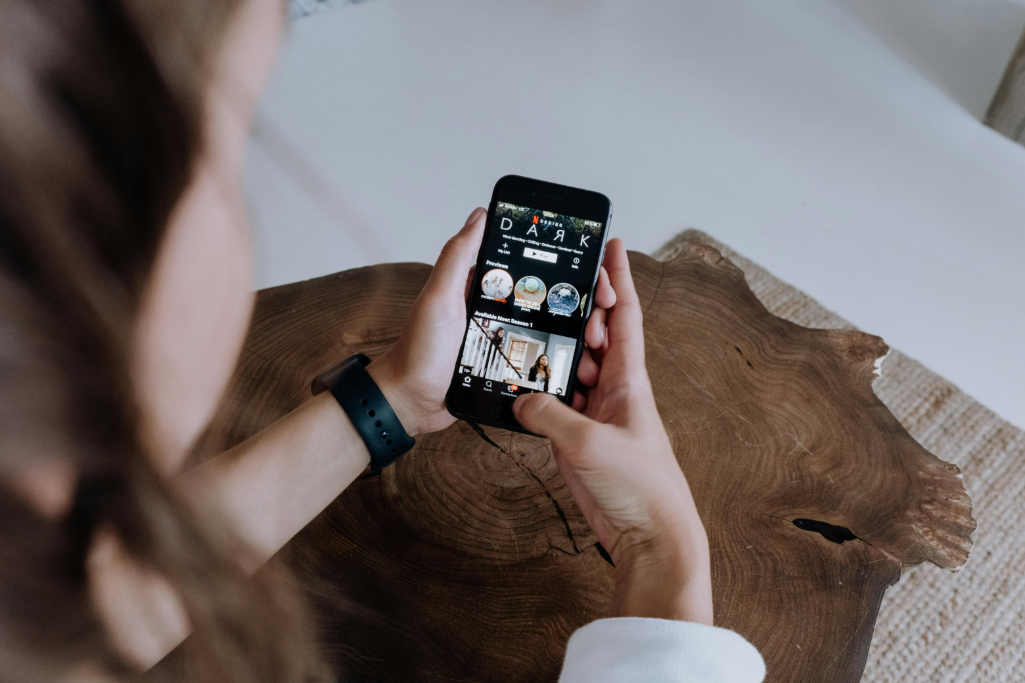Short dramas are everywhere these days, those quick-hit episodes that hook you in under ten minutes flat. Think about it: apps like ReelShort or DramaBox are raking in viewers by the millions, especially among younger crowds in the US and Europe who scroll through their phones nonstop. The secret sauce for breaking into these markets? Smart multilingual dubbing that doesn't just translate words but tweaks the whole vibe to feel right at home. It's about making sure the story clicks culturally, turning a foreign tale into something that could have been shot down the street.
Let's talk about why cultural adaptation in dubbing is such a big deal. Young audiences—say, 18 to 34-year-olds—want stuff that mirrors their world. They're diving into content from all over, a lot of it coming from Asia, but if the dubbing misses the mark on local flavors, they bounce. It's not enough to dub over lines; you have to swap out references that don't land. Like, if a plot hinges on a quirky Asian holiday tradition, dub it for the US by tying it to something like Coachella vibes or Fourth of July chaos. Over in Europe, you've got to navigate the patchwork of languages and customs—French viewers might need a nod to their café culture, while Germans could appreciate a more straightforward edge. This kind of fine-tuning keeps the energy alive and prevents that awkward "lost in translation" feel.
Getting the voices right is where it starts. Pick actors with that fresh, Gen Z spark—energetic, relatable tones that match the on-screen chaos. Tech has come a long way with lip-sync tools, so it looks natural, no distracting mismatches. But the real work is in the script overhaul: localization pros break it down, hunting for idioms or jokes that need a cultural pivot. Data backs this up—studies show that when videos get this treatment for different markets, engagement jumps. For example, localized content can spike interaction rates by a good margin compared to straight translations. And while subtitles help (they've been shown to boost watch time by more than 40% in some cases), dubbing pulls viewers deeper, especially when they're multitasking on their devices.
The stats paint a pretty clear picture of how dubbing fuels success. The short drama scene globally hit $1.4 billion in 2024, and it's on track to explode to $9.5 billion by 2030, growing at about 28.4% a year. In the US, these apps pulled in around $350 million just in the first quarter of 2025, making up nearly half the worldwide revenue and up 20% from the previous quarter. Europe's catching up fast, with localized versions doubling revenues in some platforms during the third quarter, pushing global figures (outside China) to $800 million. Preferences play into it too—in places like Russia, which ties into the European market, 86% of folks favor dubbing over subtitles for longer content, and that habit sticks for shorts, keeping people glued longer.
Real examples drive the point home. Take ReelShort: they've crushed it in the US by dubbing Chinese dramas into English, but with clever cultural swaps that amp up the drama—think revenge arcs or steamy romances that feel tailor-made for American tastes. That strategy helped propel the whole industry to a $26 billion global surge. DramaBox did something similar in Europe, rolling out dubs in French, German, and more, which led to subscriber numbers doubling in those regions. One standout case involved AI tools paired with human oversight for dubbing, resulting in way higher international traction and engagement metrics that speak for themselves.
Wrapping this up, nailing multilingual dubbing for short dramas boils down to blending tech with deep cultural know-how. Companies like Artlangs Translation have been in the game for years, handling over 230 languages with expertise in everything from video localization and short drama subtitles to game adaptations, audiobook dubbing, and even data transcription. Their pile of successful projects shows how that experience turns global content into hits that young US and European viewers can't get enough of.











